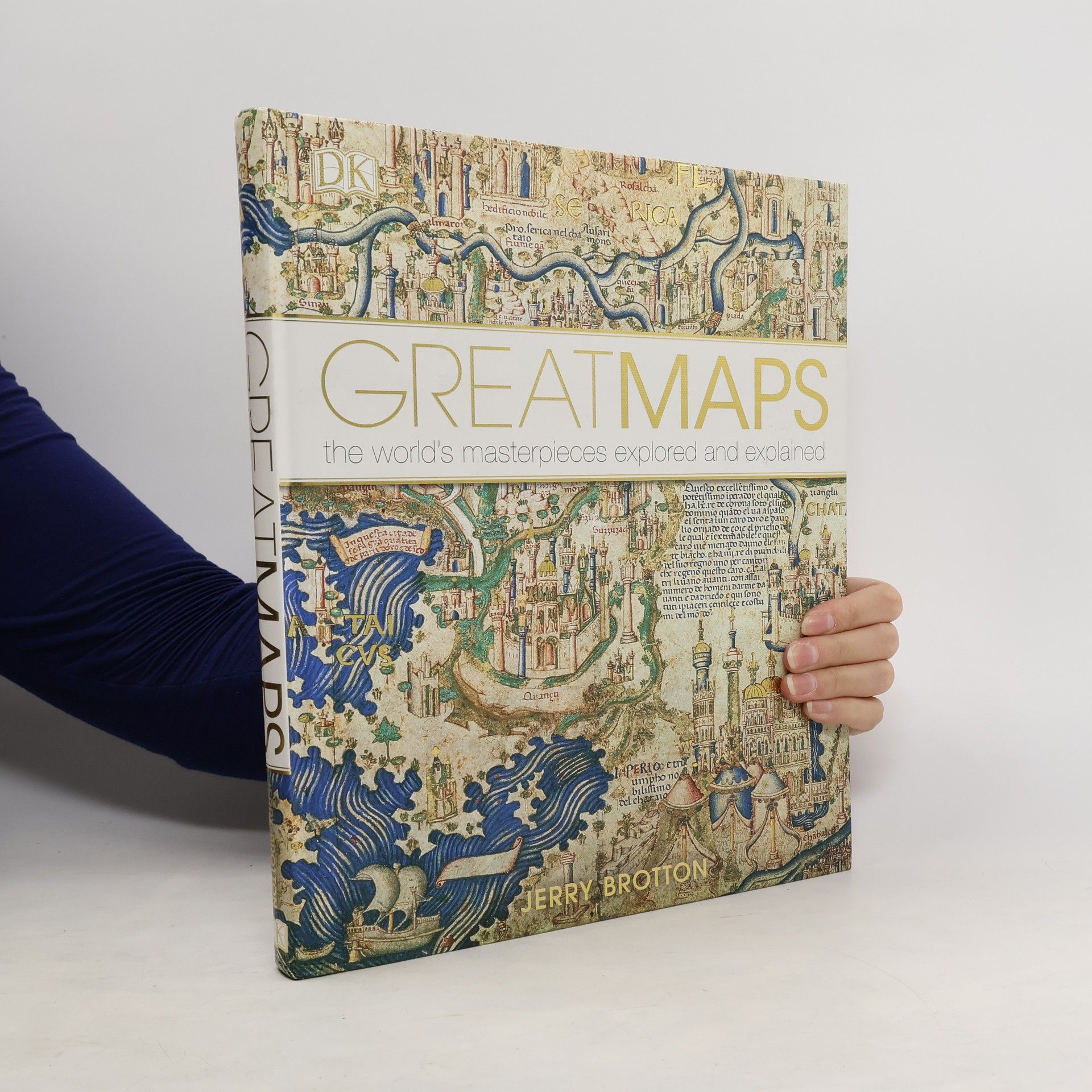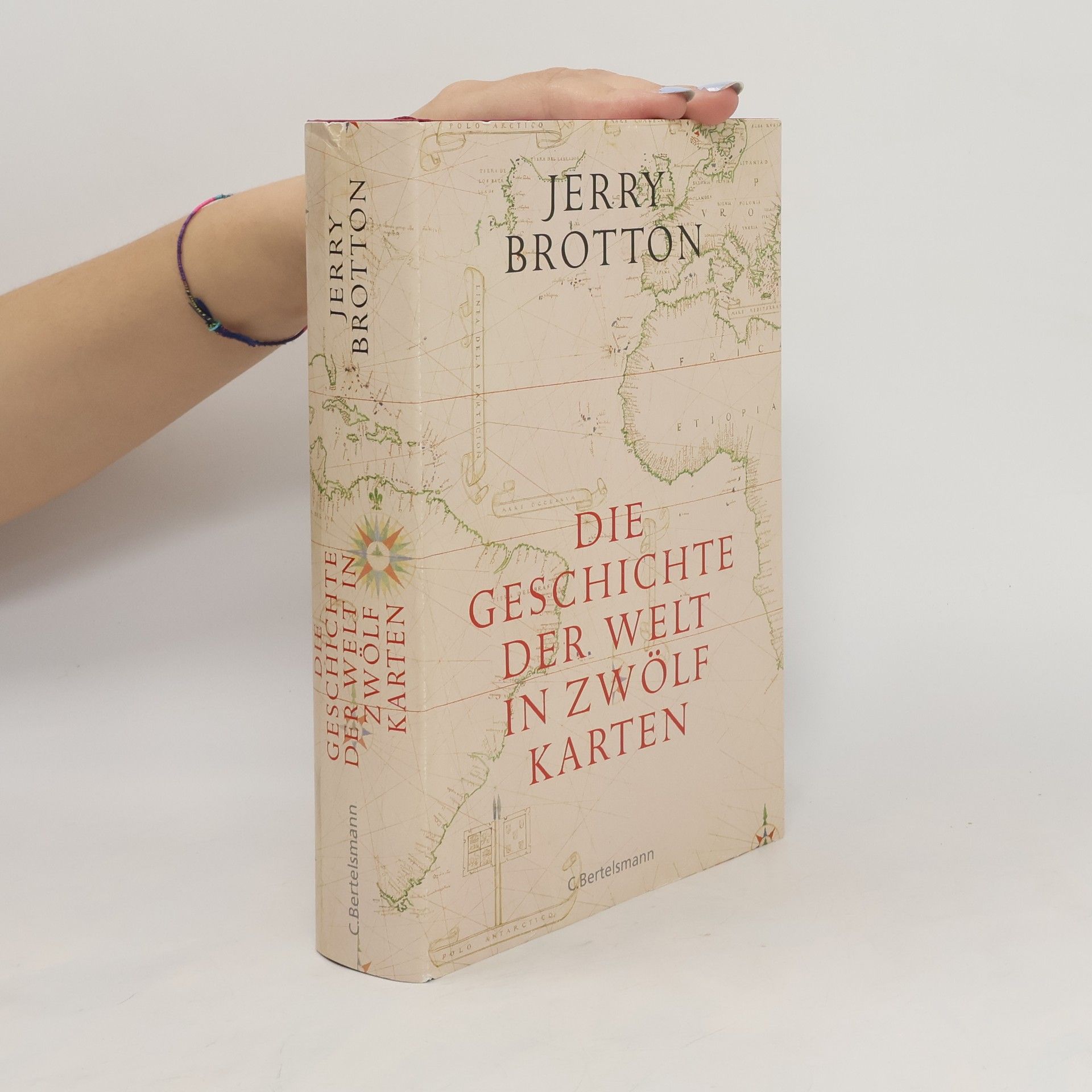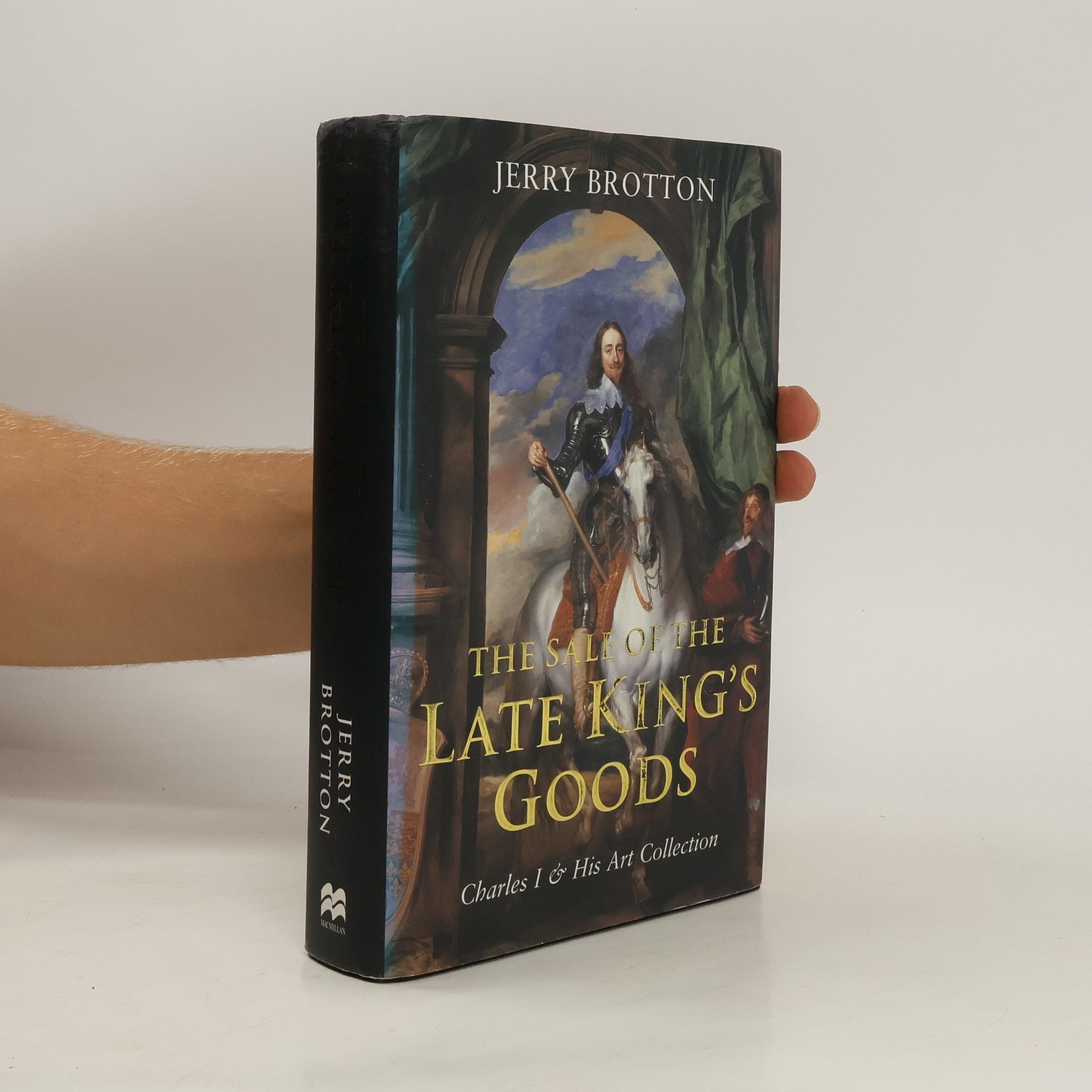„Wer die Welt kennt, beherrscht sie.“ Dieser Ausspruch kommt nicht von ungefähr, denn das Wissen um Geografie war seit jeher ein strategischer Vorteil immenser Größe. Mit zunehmendem Fortschritt und voranschreitender Aufklärung wandelten sich auch die Weltkarten und geben heute faszinierende Einblicke in die geschichtliche Entwicklung unserer Sicht auf die Welt. Die in „Weltkarten“ abgebildeten historischen Karten erzählen dabei nicht unbedingt davon, wie die Welt vor 100 oder 1.000 Jahren ausgesehen hat. Sie erzählen etwas über die Kartografen, über deren Abenteuer und auch darüber, wie unsere Vorfahren die Welt gesehen haben. Sei es eine babylonische Weltkarte von 750 v. Chr. oder eine Londoner Armutskarte aus dem ausgehenden 19. Jahrhundert. Lassen Sie sich von den insgesamt 700 Abbildungen verzaubern und erfahren Sie, wer die Personen hinter den Abbildungen der damaligen Welt waren – 60 Meilensteine der Kartografie erzählen eine ganz eigene Geschichte von der Entwicklung unserer Zivilisation.
Jerry Brotton Bücher






2000 Jahre Weltgeschichte anhand der berühmtesten Weltkarten Für einen Augenblick die Welt im Blick haben, alles sehen, alles begreifen, scheinbar losgelöst von aller Erdenschwere. Seit Jahrhunderten versuchen sich Menschen ein umfassendes Bild von der Erde zu machen. Sie zeichnen Weltkarten – nicht nur, um sich zu orientieren und ihre Kenntnisse zu ordnen; immer fließen ihre Vorstellungen, ihr Selbstverständnis, ihre Überzeugungen in diese Karten ein. Jerry Brotton zeigt, dass Karten nichts weniger sind als nüchterne wissenschaftliche Zeugnisse. Sie sind vielmehr subjektiv, voller Geschichten und Ideen; sie sind untrennbar verbunden mit Macht, Herrschaft und mit dem Erfindungsgeist ihrer Zeit; sie erzählen von Schicksalen und Visionen. Ganz gleich, ob jene Weltkarte aus dem 14. Jahrhundert, die aus christlicher Sicht Jerusalem ins Zentrum stellt, ob der erste globale Blick des Portugiesen Ribeiro oder ob das moderne Google-Abbild der Erde – bis heute ist keine Weltkarte völlig objektiv oder endgültig. Aber auch heute prägen sie unsere Vorstellung von der Erde. Ausstattung: durchgehend farbige Abbildungen
Why do we put north at the top of maps? Which maps show us the way to heaven, and which show the 'land of no sunshine' or the land of 'people with no bowels'? In 'Great Maps', author and historian Jerry Brotton tells the hidden story behind more than 60 of the most significant maps from around the world, picking out key features, stories, and techniques in rich visual detail to reveal the inner meaning buried within the landscape.
The Renaissance Bazaar
- 256 Seiten
- 9 Lesestunden
This wide-ranging exploration of the Renaissance sees the period as a time of unprecedented intellectual excitement and cultural experimentation and interaction on a global scale. It guides the reader through the key issues that defined the period, from its art, architecture, and literature, to its advancements in the fields of science, trade and travel. schovat popis
The Renaissance. A Very Short Introduction
- 160 Seiten
- 6 Lesestunden
More than ever before, the Renaissance stands out as one of the defining moments in world history. Between 1400 and 1600, European perceptions of society, culture, politics and even humanity itself emerged in ways that continue to affect not only Europe but the entire world.In this wide-ranging exploration of the Renaissance, Jerry Brotton shows the period as a time of unprecedented intellectual excitement, cultural experimentation, and interaction on a global scale, alongside a darker side of religion, intolerance, slavery, and massive inequality of wealth and status. Brotton skillfully guides us through the key issues that defined the Renaissance period, from its art, architecture, and literature, to advancements in the fields of science, trade, and travel. In its incisive account of the complexities of the political and religious upheavals of the period, the book argues that there are significant parallels between the Renaissance and our own era. This is the first clear and concise account of the Renaissance as a global phenomenon, an important new vision of the Renaissance for the 21st century written by a young Renaissance scholar of a new generation.
Four Points of the Compass
The Unexpected History of Direction
Through a captivating narrative, the book delves into the concept of direction, both literal and metaphorical. It invites readers to reflect on their own paths and choices while intertwining personal stories with broader themes of purpose and discovery. The author’s acclaimed writing style brings a fresh perspective, encouraging an introspective journey that resonates with anyone seeking clarity in their life's direction.
The Sale of the Late King's Goods
Charles I and His Art Collection
